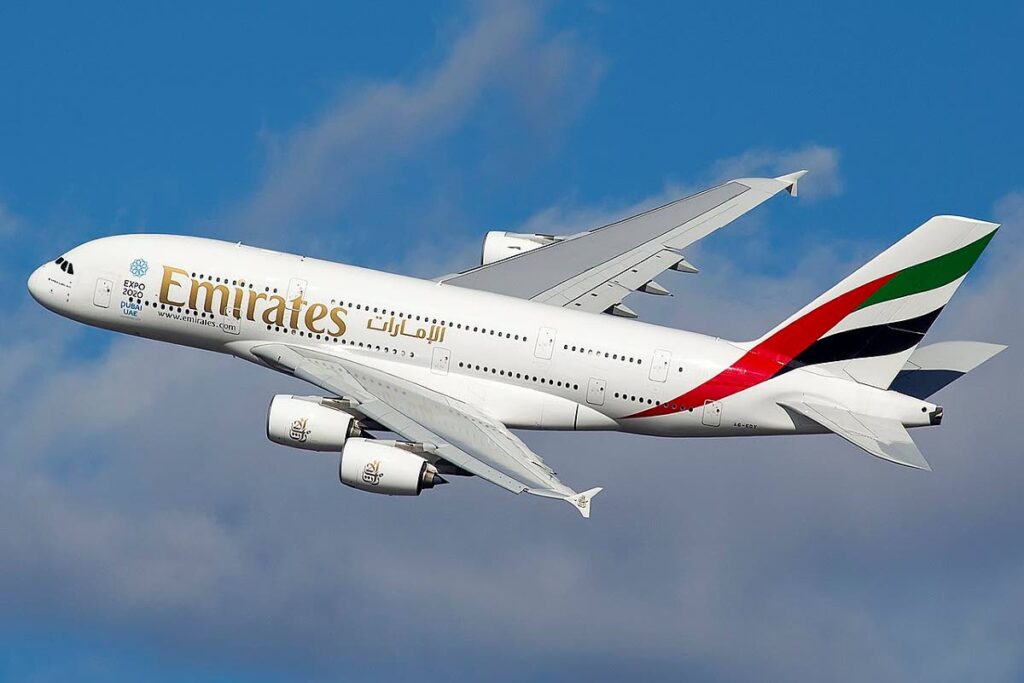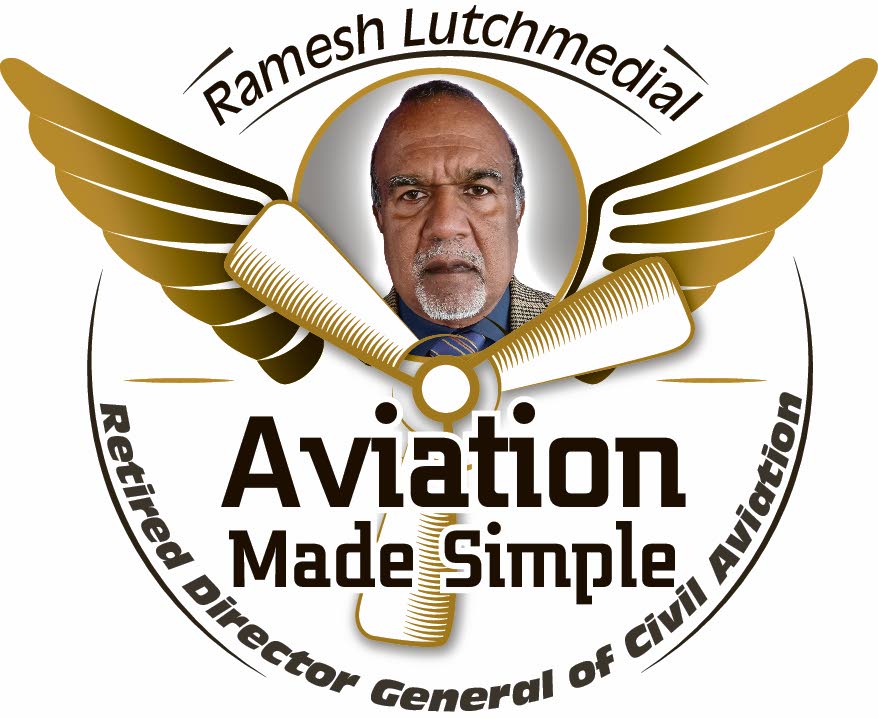End of Airbus A380 production

On December 16 2021, the Airbus A380 aircraft production cycle came to an end when Emirates received its 123rd A380, which was the 251st and last A380 aircraft delivered by Airbus.
The iconic A380 has flown over 800,000 flights, carrying more than 300 million passengers, since its entry into service.
As production came to a close, the A380 will keep flying for decades to come, and Airbus will continue to fully support A380 operators and their fleets.
Boarding an A380 is a unique experience that introduces passengers to superior standards of in-flight comfort, from first class to economy.
As the world’s largest and most spacious passenger aircraft, its cabin allows travellers to stretch out in a calm and relaxing environment. With the freedom it gives passengers to move about the aircraft, it’s no surprise that the A380 is a favourite in all cabin classes.
It has two full-length decks with widebody dimensions. With more seats than any other aircraft, the A380 offers a solution for traffic growth and airport congestion as airlines emerge from the pandemic.
Combining the most advanced aviation technology and an inspired cabin design, Airbus is proud to have created an aircraft celebrated for its outstanding quality in every aspect. Leading the industry in standards for innovation, experience and efficiency, it is appreciated by passengers, pilots and crew alike.
The A380 set a new standard for the global aviation industry. Not only did it usher in a new era for passenger comfort, it also raised the bar for environmental standards with its low fuel consumption per passenger mile and low noise levels, as well as reduced emissions, which have been passed on to future aircraft generations.
In mid-1988, Airbus engineers led by Jean Roeder began work on developing an ultra-high-capacity airliner (UHCA), both to complete its own range of products and to break the dominance that Boeing had enjoyed in this market segment since the early 1970s with its 747 aircraft.
McDonnell Douglas unsuccessfully offered its double-deck MD-12 concept for sale. Lockheed was exploring the possibility for a very large subsonic transport.
Roeder was given approval for further evaluations of the UHCA after a formal presentation to the president and CEO in June 1990. The mega-project was announced at the 1990 Farnborough Airshow, with the stated goal of 15 per cent lower operating costs than the 747-400.

Airbus organised four teams of designers, one from each of its partners – Aérospatiale, British Aerospace, Deutsche Aerospace AG, and CASA – to propose new technologies for its future aircraft designs. The designs were presented in 1992 and the most competitive designs were used.
In January 1993, Boeing and several companies in the Airbus consortium started a joint feasibility study of a very large commercial transport (VLCT), aiming to form a partnership to share the limited market.
In June 1994, Airbus announced its plan to develop its own very large airliner, designated as A3XX. Airbus considered several designs, including an unusual side-by-side combination of two fuselages from its A340, the largest Airbus jet at the time. The A3XX was pitted against the VLCT study and Boeing's own new large aircraft successor to the 747.
In July 1995, the joint study with Boeing was abandoned, as Boeing's interest had declined, owing to an analysis that such a product was unlikely to cover the projected US$15 billion development cost.
Even though only two airlines had expressed public interest in purchasing such a plane, Airbus was already pursuing its own large-plane project. Analysts suggested that Boeing would instead pursue stretching its 747 design, and that air travel was already moving away from the hub-and-spoke system that consolidated traffic into large planes, and toward more non-stop routes that could be served by smaller planes.
On December 19 2000, the supervisory board of the newly restructured Airbus voted to launch a €9.5 billion project to build the A3XX, re-designated as A380, with 50 firm orders from six launch customers. The A380 designation was a break from previous Airbus families, which had progressed sequentially from A300 to A340. It was chosen because the number eight resembles the double-deck cross-section, and is a lucky number in some Asian countries where the aircraft was being marketed.
The aircraft configuration was finalised in early 2001, and manufacturing of the first A380 wing-box component started on January 23, 2002.
The development cost of the A380 had grown to approximately €14 billion when the first aircraft was completed. Nicknamed "Superjumbo," the first A380, MSN003, was delivered to Singapore Airlines on October 15, 2007, and entered service on October 25, 2007, with flight number SQ380, between Singapore and Sydney.
Passengers bought seats in a charity online auction, paying between US$560 and US$100,380.
Two months later, Singapore Airlines said the A380 was performing better than either the airline or Airbus had anticipated, burning 20 per cent less fuel per seat-mile than the airline's 747-400 fleet.
Emirates was the second airline to receive the A380 and began service between Dubai and New York in August 2008. Qantas followed, with flights between Melbourne and Los Angeles in October 2008.
Based on detailed marketing studies to determine the airlines’ capacity requirements, aircraft manufacturers design and build aircraft to meet the needs of airlines – which offers the lowest seat/mile cost on average routes. Manufacturers project that over a ten-year period, there will be little changes in the market conditions which will sustain the sale of a particular aircraft type.
However, changes in global economies caused by wars, natural disasters, political upheavals, recessions and energy costs affect travel demands.
Airbus had projected to sell at least 1,000 A380 aircraft to be able to recover the development costs and realise a fair profit on each aircraft sold.
In 2019, Emirates reduced an outstanding order for 53 A380 to 14. Since Airbus then had no significant backlog of A380 deliveries, it decided to cease production of the aircraft after delivering the 123rd A380 to Emirates.
=


Comments
"End of Airbus A380 production"